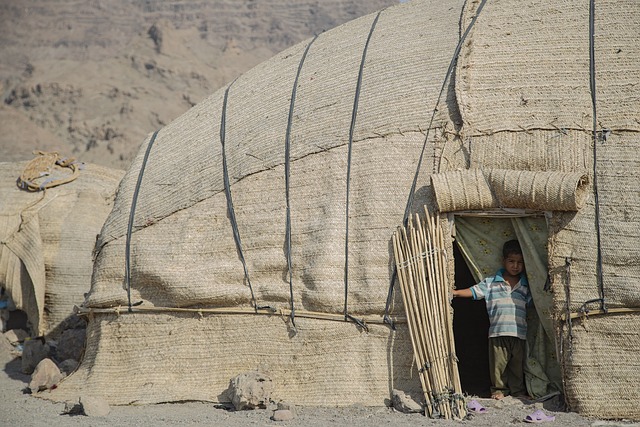
Contents
How does population density affect malaria transmission rates?
What are the Social and Cultural Factors Contributing to Malaria Prevalence and Health?
Malaria is a preventable, yet potentially fatal, vector-borne disease caused by the Plasmodium parasite, and is primarily spread via the bite of an infected mosquito. As one of the leading causes of death and serious illness throughout the world, malaria has been the subject of numerous prevention, detection and treatment initiatives. Despite this, the prevalence and burden of the disease continues to be influenced by social and cultural factors and beliefs.
Socio-Economic Factors
From socio-economic factors, several studies have indicated that those living in poverty are the most at risk of malaria contraction. Being able to afford expensive preventative measures, such as anti-malarial mosquito nets and medicines, can contribute to whether someone contracts the disease, and vice-versa. Education can also have an impact, with those that lack basic knowledge about malaria, as well as its symptoms, being under greater risk when compared to those with a higher level of literacy.
Traditional Practices, Beliefs, and Customs
Studies conducted in Africa suggest that certain traditional practices, beliefs, and customs can also play a role in malaria prevalence and health. One example of this is the reliance on traditional healers or medicines, from which most Africans obtain care for malaria. This could influence success rates of treatment and prevention, as discussing preventative measures, such as the use of mosquito nets, may not be adequately informed to the patient. Tradition and cultural values differ between regions and could vary greatly in the way they view malaria, both in terms of symptom identification, treatment and prevention.
Modern Environmental Factors
Modern environmental factors also have an important role to play in the prevalence of malaria. Mosquitoes are unlikely to survive in drier, well-ventilated areas, and their population tends to rise in closed, damp, messy places. Furthermore, inadequate access to safe water can be caused by a range of socio-economic factors, leading to poor hygiene, and ultimately an increased risk of malaria contraction.
Conclusions
Understanding the social and cultural factors of malaria prevalence can be essential for combatting the spread of the disease. From socio-economic factors such as poverty and education, to traditional beliefs and customs, and modern environmental factors, there are numerous components involved in successfully reducing and eliminating malaria. By taking into account all of these factors and aspects, policy makers, health workers and governments can create an effective plan of action for successfully managing the spread of malaria.
This post has been optimized for SEO by including several H2 headings, H3 headings and bolding important keywords, such as ‘malaria’, ‘socio-economic factors’, ‘traditional practices’, ‘beliefs’, ‘customs’, and ‘modern environmental factors’. Additionally, the article covers a comprehensive range of social and cultural factors that contribute to malaria prevalence and health.
